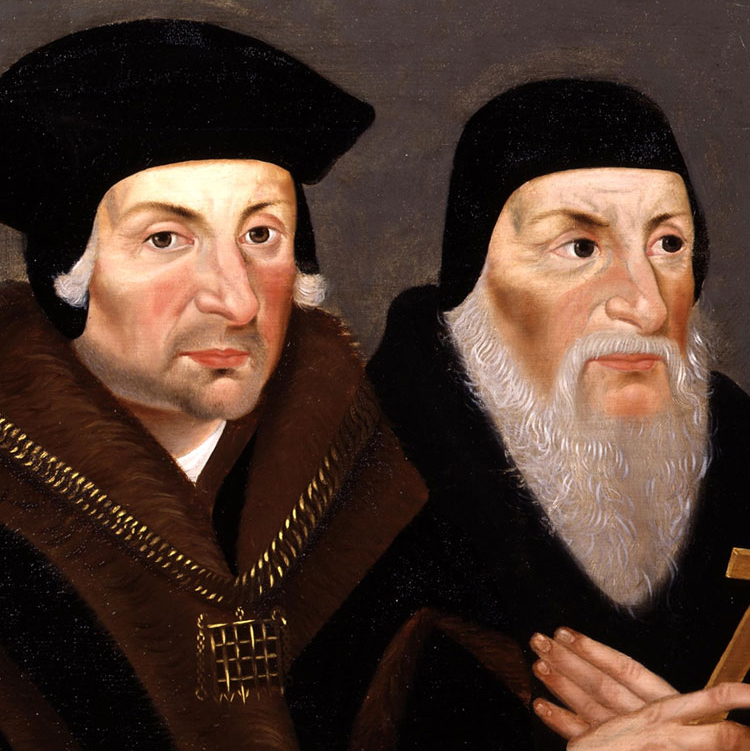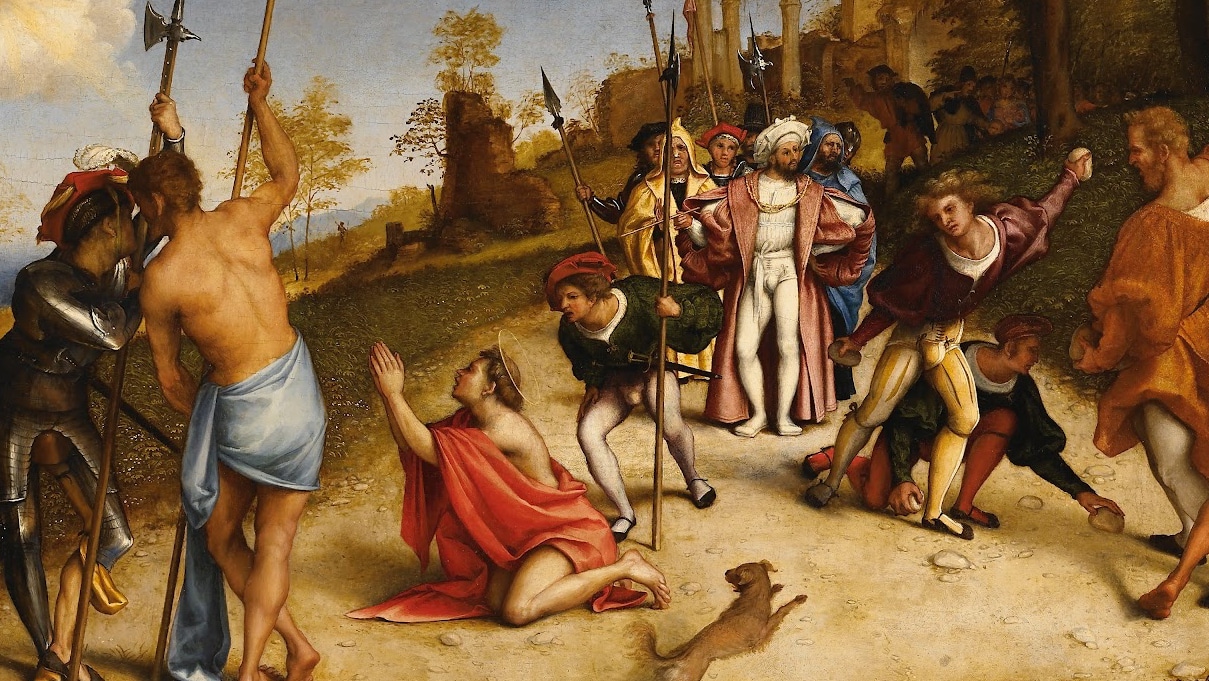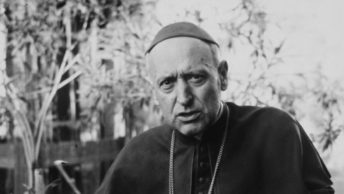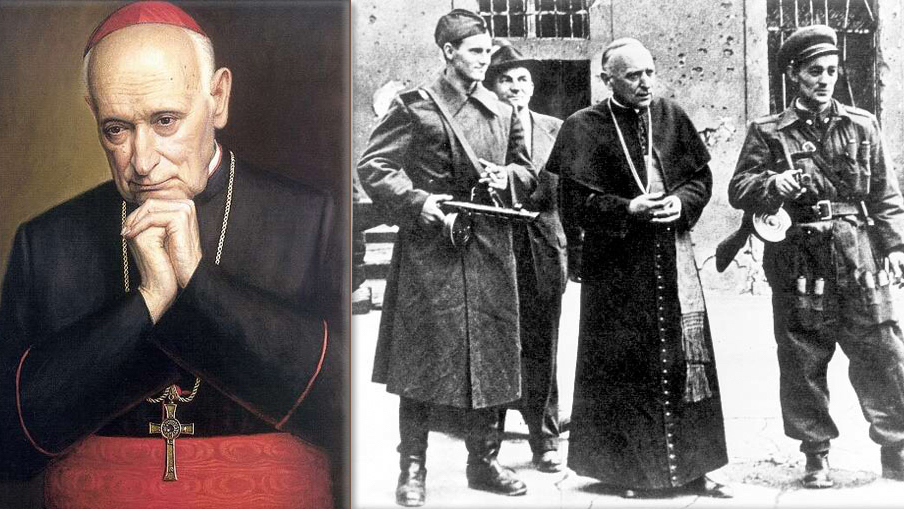After graduating from Holy Cross in 1965, I served for a year in the Catholic Lay Extension, which was something comparable to the secular program, Volunteers in Service to America. (VISTA) Extension sent over 400 volunteers to various parishes, primarily in the South and Southeast where the Catholic population was sparse. I was sent to Charleston, Missouri with an older fellow from New Jersey. One of the other volunteers in our troupe was a cute little nurse, named Barbara Berlsman.
I remember that she told me that she had attended a public school in Ohio that employed Catholic nuns as teachers. This oddity prompted me to say that she had gone to a nun-Catholic school. My quip serves as a perfect segue to an old comic play, Late Nite Catechism II.
Since I spent eight years of my early intellectual and moral development under the tutelage of nuns, I find any reverential parody of them like Nunsense, and the original Late Nite Catechism, all in good fun. A religion that can’t laugh at its own foibles is closer to man than it is to God. During the course of the play Sister opined that Catholics are not bothered by martyrdom any more because America has a policy of freedom and religious toleration.
On the surface what Sister said is true–at least in this country. There are still plenty of Christians shedding their blood for the faith in Africa, Asia, Latin America and now especially the Middle East. Since 9/11 and the war on terror, the idea of martyrdom has taken on new meaning. You can’t read a book about Islam without encountering their notion of martyrdom. Also you don’t have to be a theologian to see the difference between a faith that defines martyrdom in terms of how many infidels one can kill in gaining paradise with an infinite supply of virgins, and one that stresses the bloody sacrifice of one’s OWN life in defense of the faith.
I will grant that during the Crusades some popes did promise salvation for those who died in defense of the Catholic Church in Asia Minor. Aside from that the Catholic history of martyrdom is replete with stories, such as that of Evelyn Waugh’s 1935 biography of Jesuit martyr Edmund Campion who was brutally executed in the 16th century for treason, by being drawn and quartered. Any one who has seen the Mel Gibson movie Braveheart about legendary Scottish hero, William Wallace, will have a graphic idea of the grotesque nature of that punishment.
In light of such brutal suffering of our Catholic martyrs, I often ask myself if put to the test of convert or die, which would I choose? Fortunately Sister is right and that kind of gruesome exam, Cullenbines notwithstanding, is virtually non-existent in America today. I think there is a more subtle kind of martyrdom taking place. I am talking about a dry martyrdom, that is, the relentless attacks on the Catholic faith from what John Paul II called the culture of death.
This is not the death of the rack, the gallows, or the block but a clever attempt, a kind of doctrinal deconstruction, to cut away or weaken the basic tenets of the Catholic faith through innuendoes and historical falsehoods, so that there will be no need for any “wet” martyrdoms because there will be few true believers left standing. The faith itself will suffer this martyrdom on a Cross of relativism, indifference, and boredom, thanks to a steady dose of propaganda in the media, books, schools, and in even our own churches.
Hollywood has long been an agent of this bloodless martyrdom. One of the most successful pioneers of killing the Catholic faith through deconstruction and confusion has been Dan Brown. His patented assault on Christianity in his novels and movies, the DaVinci Code and Angels & Demons set the standard for a legion of latter assaults on the Catholic Church.
It was his commercially successful Code that rocked the Catholic world in 2006 with its revival of the Gnostic myth of Jesus’ marriage to Mary Magdalene. In Demons Harvard Symbologist, Harry Langdon embarks on a relentless pursuit in exposing the Catholic Church’s dark historical secrets. Langdon learns that a secret society, the Illuminati, which listed such luminaries as Italian astronomer, Galileo in its membership, was on a 400-year old journey of revenge to even the score with the Church, which Brown claims murdered most of its members in the 16th century.
Like the Code, Demons is heavily laden with historical, geographical and intellectual errors. Its two most blatant falsehoods revolve around its central theme. There never was any secret society in the 16th century named the Illuminati. Brown is either confusing it with the Knights Templar, a legendary society of warrior monks, which was virtually extinguished by French King Philip IV with the coerced compliance of Pope Clement V in 1312 or the real Illuminati, a revolutionary secret society, founded by one of the most sinister figures in history, a Jesuit product, Adam Weishaupt in Bavaria in 1776.
In using Galileo as its perfect victim, the book also attempts to drive a wedge through the Church’s long and laudatory relationship with science. By using a malevolent blend of fact and fantasy, Brown hoped to convince people of the Church’s backward status and eliminate it as a viable opponent to such scientific advances, one may assume, of embryonic stem cell research and human cloning.
I believe that it is only the gullible or the apathetic who would believe Brown’s attempts to humiliate the Catholic Church. The best way for Catholics to defuse the left’s assault on the Church is simply to tell the truth. In understanding this dry martyrdom, Catholics should remember that being a real martyr means literally bearing witness to the truth. If Catholics and other Christians don’t stand up for their respective beliefs, the blood of the faith in America will eventually run dry.







